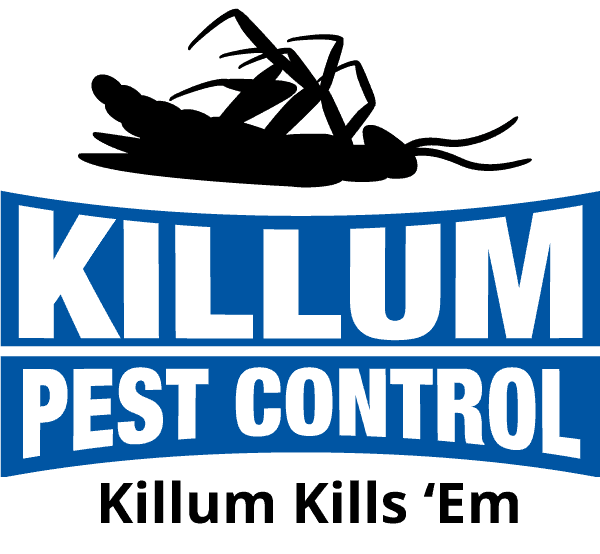Gardening enthusiasts across Texas face a vast array of pests, from insects and rodents to weeds and diseases that can wreak havoc on their carefully-tended plants and landscapes. While conventional pesticides can be effective at controlling these pests, many gardeners are seeking organic, environmentally-friendly alternatives to safeguard their gardens, pets, and families.
In this comprehensive guide, we delve into the world of organic pest control for Texas gardeners, offering practical insights and tips for preventing and managing common pests found in the region. Based on the principles of Integrated Pest Management (IPM), our discussion will emphasize eco-friendly strategies that combine cultural, biological, and organic chemical methods to maintain a healthy and vibrant garden.
We will explore the following key areas for organic pest control:
1. Cultural Control Practices: Discover ways to create and maintain a garden environment that favors plant health and discourages pest populations. Learn about effective methods such as companion planting, crop rotation, and proper nutrient management.
2. Biological Control Strategies: Harness the power of nature’s own pest control agents by employing biological control techniques that include the release of beneficial insects, bacteria, and fungi to suppress pest populations. Understand how these methods can benefit gardens by promoting balance and diversity.
3. Organic Chemical Controls: Familiarize yourself with the range of organic pesticides and repellents that are composed of naturally-occurring substances and derived from plants, minerals, or other organic sources. Learn how to select and apply these products effectively and safely in your garden to control pests while minimizing harm to beneficial insects and the environment.
4. Monitoring and Record-Keeping: Understand the importance of ongoing pest monitoring and record-keeping in designing and refining an organic pest management plan for your garden. Learn about the tools and techniques needed to track pest populations, assess the success of implemented strategies, and adapt your approach as needed.
Armed with the knowledge presented in this guide, Texas gardeners can confidently implement organic pest control practices to protect their gardens, families, and the environment. By combining cultural, biological, and chemical control methods within an Integrated Pest Management framework, you can effectively tackle common pest challenges while preserving the health and vitality of your garden.
Enlist Killum Pest Control, Inc.’s expertise in devising customized organic pest control solutions for your Texas garden. Contact us today to learn more and embrace the benefits of a naturally safeguarded landscape.
1. Cultural Control Practices: Laying the Foundation for a Healthy Garden
Creating a garden environment that favors plant health and discourages pests is the first line of defense in organic pest control. Consider adopting these cultural control practices to enhance your garden’s natural resilience:
– Companion Planting: Strategically plant different crops together to provide benefits such as pest suppression, nutrient enhancement, and mutual support. For example, marigolds can repel harmful insects like aphids, while basil helps to deter tomato hornworms.
– Crop Rotation: Avoid planting the same crop in the same place year after year to break pest life cycles and reduce the buildup of pests and diseases. A simple three-year rotation plan can yield significant pest control benefits.
– Nutrient Management: Healthy plants are better equipped to resist pests. Perform soil tests regularly, amend your soil with compost or other enhancements as needed, and fertilize conservatively to promote strong, vigorous growth.
2. Biological Control Strategies: Nature’s Own Pest Control Agents
Biological control methods employ beneficial organisms to suppress pest populations. This environmentally-friendly approach promotes balance and diversity within your garden. Implement these strategies for a thriving, well-rounded ecosystem:
– Beneficial Insects: Introduce or attract beneficial insects like ladybugs, lacewings, or parasitic wasps to control aphids, caterpillars, and other pests. You can also plant flowers that attract these good bugs and provide habitats such as insect hotels.
– Bacteria and Fungi: Certain bacteria and fungi can be used as biological control agents to target specific pests. For instance, Bacillus thuringiensis (Bt) can control caterpillar pests like cabbage worms and tomato hornworms, while beneficial nematodes can help combat grubs in your garden.
– Predators and Pollinators: Encourage natural predators like birds, bats, and frogs by providing them with nesting spaces, water sources, and a varied habitat. These creatures act as pest control agents while simultaneously promoting pollination and biodiversity.
3. Organic Chemical Controls: Harnessing the Power of Nature
Organic chemical controls are derived from plants, minerals, or other organic sources, offering a safer alternative to synthetic pesticides. When using these products in your garden, always follow the label instructions and adhere to the principles of IPM:
– Plant-Based Insecticides: Effective options like neem oil or pyrethrum, extracted from certain daisy species, can be utilized to disrupt the life cycle and feeding habits of various garden pests.
– Mineral-Based Insecticides: Diatomaceous earth, a naturally-occurring siliceous sedimentary rock, is an excellent option for controlling crawling pests such as slugs, snails, and ants. It causes dehydration and eventual death by abrasion without causing harm to the environment.
– Repellents: Garlic and pepper sprays, horticultural vinegar, or essential oil mixtures can act as natural repellents for certain garden pests. Always remember to test these products on a small area first and use caution to avoid harming beneficial insects.
4. Monitoring and Record-Keeping: Fine-Tuning Your Organic Pest Control Strategy
Continually monitoring pest populations and maintaining records can help you efficiently design and refine your organic pest control strategy. Implement the following tools and techniques:
– Visual Inspection: Regularly inspect your plants for signs of insect infestation or damage, scouting different areas to get a clear picture of the pest pressure in your garden. Use tools like magnifying glasses and sticky traps to monitor insect activity.
– Record-Keeping: Maintain a journal or digital log to track pest populations, control measures, and crop rotation schedules. This record will serve as a valuable reference, helping you learn from past experiences and refine your organic pest control approach.
– Adaptive Management: Assess the effectiveness of your control strategies and be prepared to adjust as needed. New discoveries and best practices are emerging continually, so stay informed and adapt your methods accordingly.
Conclusion
Embracing organic pest control techniques for your Texas garden can promote a safe, healthy, and sustainable landscape that benefits both your plants and the environment. By implementing cultural, biological, and organic chemical control methods within an Integrated Pest Management approach, you can effectively safeguard your garden against common pest challenges. Regular monitoring and record-keeping will help fine-tune your strategies over time, leading to a thriving and resilient gardening experience.
Discover the benefits of organic pest control for your garden by consulting with the expert team at Killum Pest Control, Inc. Contact our Houston pest control company today for tailored, eco-friendly pest control solutions that protect your Texas landscape and support a healthier environment.





